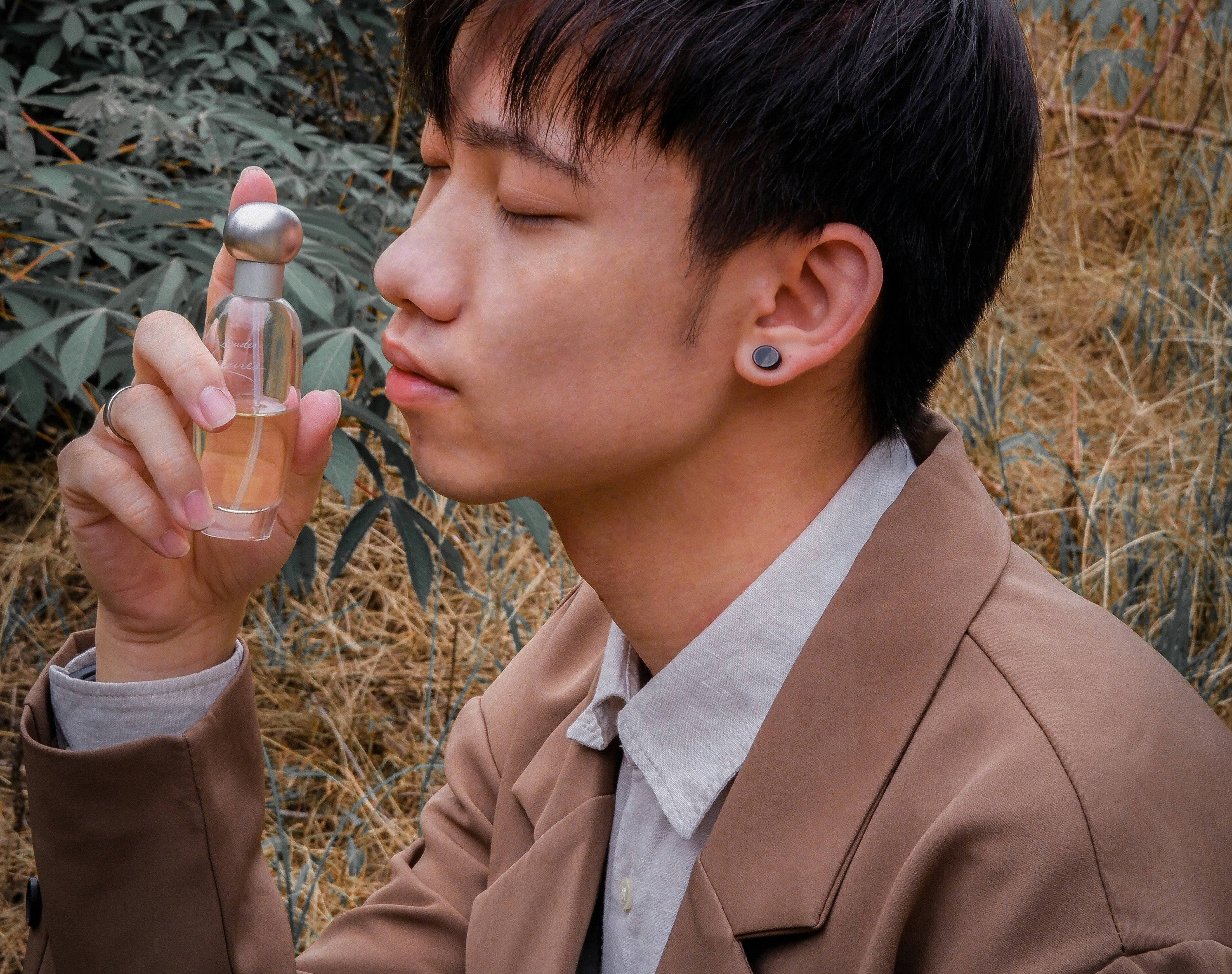The State of Sustainability in the Fragrance Industry

It takes a village to produce your favorite perfume, from the floral picker to the farmer. Each stage of production involves numerous contributors, reflecting a complex supply chain with significant environmental implications. However, the term "sustainable fragrance" lacks a standardized legal definition, leaving the interpretation to individual brands.
Sustainability Practices in the Fragrance Industry
Ingredient Sourcing
One of the most critical aspects of sustainability in the fragrance industry is the sourcing of raw materials. Many brands are now focusing on ethically sourced, organic, or wildcrafted ingredients. This approach not only supports biodiversity but also ensures the preservation of endangered plant species. Some companies collaborate directly with farmers to promote sustainable agricultural practices, ensuring fair wages and improving the livelihoods of local communities.
Production Practices
Sustainable production involves minimizing energy consumption, reducing water usage, and implementing waste management systems. Innovative methods, such as green chemistry, are being employed to create fragrance compounds that are less harmful to the environment. This includes reducing the use of volatile organic compounds (VOCs) and other hazardous substances.
Packaging Innovations
Eco-friendly packaging is a significant focus in the industry's sustainability efforts. Companies are moving away from single-use plastics and opting for recyclable or biodegradable materials. Additionally, the introduction of refill stations in retail stores encourages consumers to reuse their perfume bottles, significantly reducing plastic waste. Some brands are even exploring compostable packaging and designs that eliminate non-recyclable components like magnetic caps.
How to Identify a Sustainable Fragrance
- Ingredient Transparency: Look for brands that openly disclose the sources and types of their ingredients. Brands that use certified organic or fair-trade ingredients often prioritize sustainability.
- Sustainable Packaging: Choose products with minimal packaging, recyclable materials, or refillable options. Avoid products with mixed materials that are hard to recycle.
- Ethical Practices: Research the brand's commitment to ethical labor practices, community support, and environmental conservation. Brands that engage in initiatives like fair trade and support for local communities tend to have more sustainable practices.
- Certifications and Standards: Certifications from organizations such as ECOCERT, Cradle to Cradle, or the Environmental Working Group (EWG) can provide assurance of a product's sustainability. These certifications evaluate the environmental impact of the product throughout its lifecycle.
The Road Ahead
The fragrance industry's journey towards sustainability is ongoing and multifaceted. While significant strides have been made, challenges remain, particularly in standardizing what constitutes a "sustainable fragrance." As consumer awareness grows, the industry is likely to see further innovations and stricter standards, pushing towards a more sustainable future.
For more insights on what sustainability means in the broader context of fashion and beauty, check out our detailed blog on sustainability.



